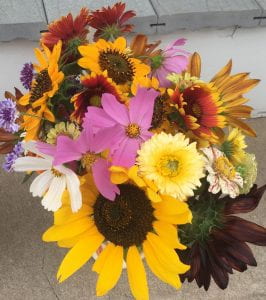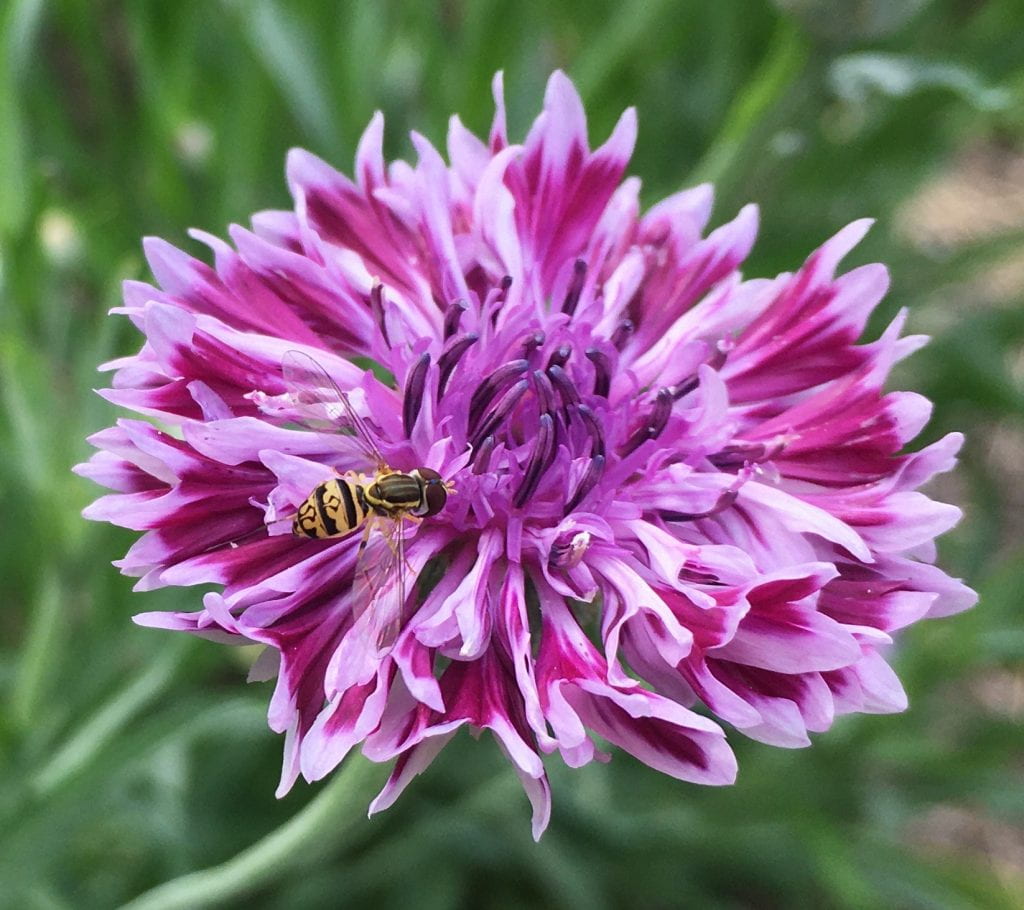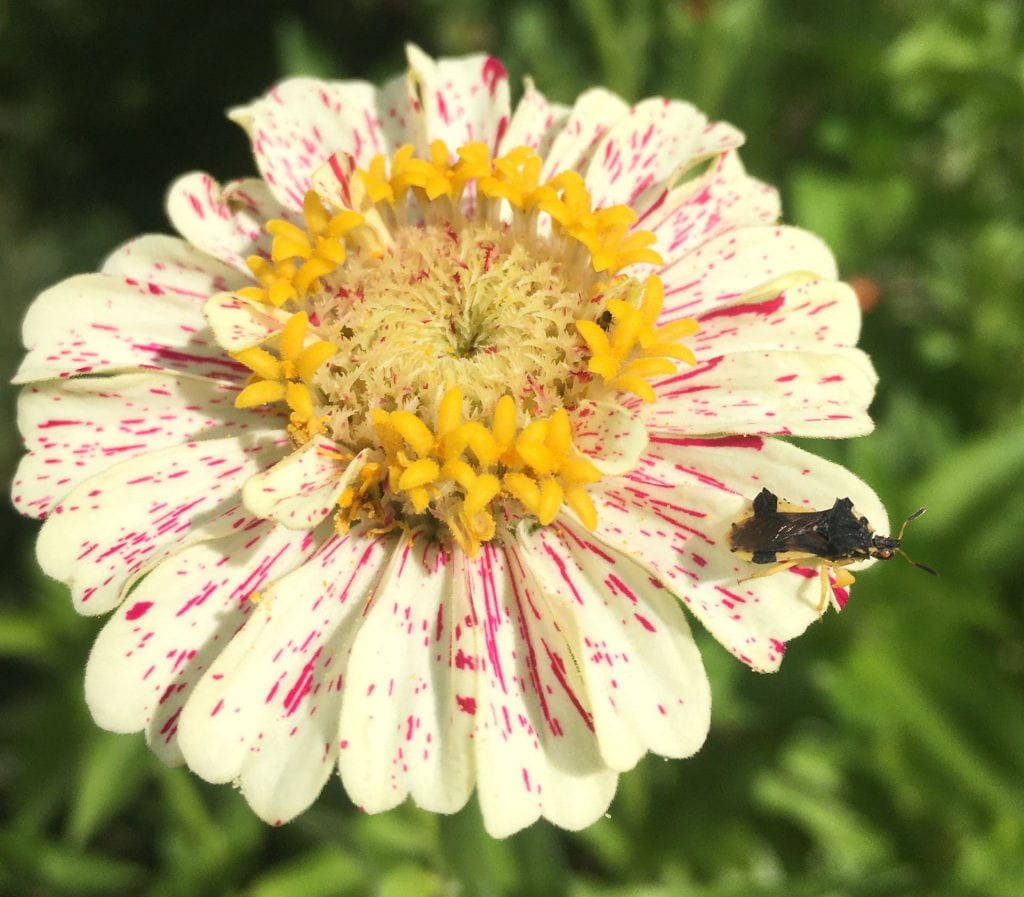We caught up with Alex French Clarkson University’s Sustainability Coordinator to ask about the recent food waste New York State mandate that went into effect on January 1st, 2022.
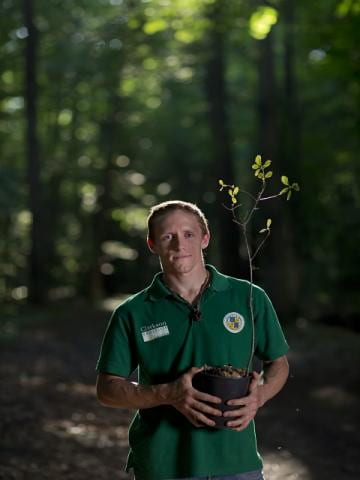
Can you share the backstory about the recent activities in NYS with Food waste diversion. How are ‘large generators of food waste’ defined?
Alex: The NYS Food Donation and Food Scraps Recycling Law went into effect in January of 2022. It defines large generators of food waste as companies or institutions that generate 2 tons of food waste per week. These entities are now required to donate edible food rather than throwing it out. If there is a food recycling facility (composting or anaerobic digester) available within 25 miles then inedible food is required to be sent there.
Why tackle food waste on a community level?
Alex: Tackling this environmental and social issue at the community level will give us the economies of scale to make food recycling viable. I like how NYS has structured this new law to have the larger generators get everything off the ground.
How did Clarkson become involved with this food waste diversion initiative?
Alex: This project was originally discussed by the Potsdam Climate Smart Communities Task Force. After deciding that we wanted to look into community-scale food waste management the task force asked Clarkson to take the lead. This became a win-win scenario for us because we were able to engage many students in the process through internships.
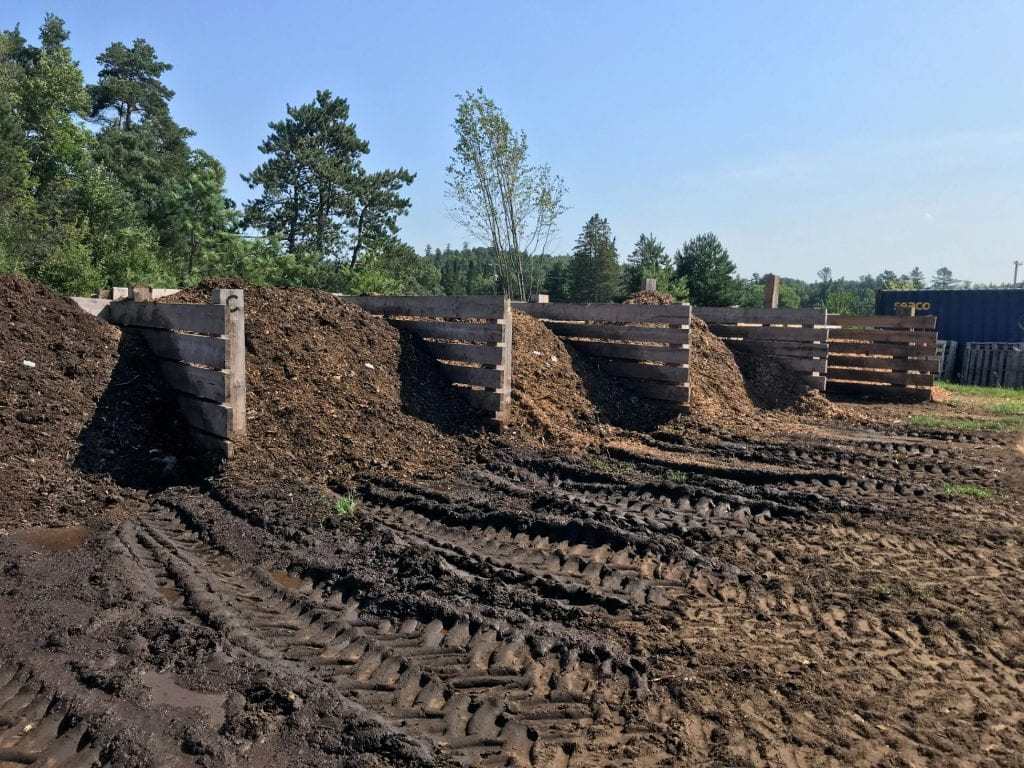
How much food waste does Clarkson generate on a weekly basis?
Alex: The DEC estimates that we generate 5 tons of food waste per week during the semester. We think this estimate is high. We are still trying to understand exactly how much food waste we generate. There are so many different sources of food waste on campus! We have good estimates of pre-consumer waste from kitchen prep work but we do not have a clear understanding of our post-consumer food waste from 2 of our 3 main dining areas nor for our residential areas. We hope to have a better understanding by the end of the semester. Read more Finding a home for the North Country’s Food Waste

